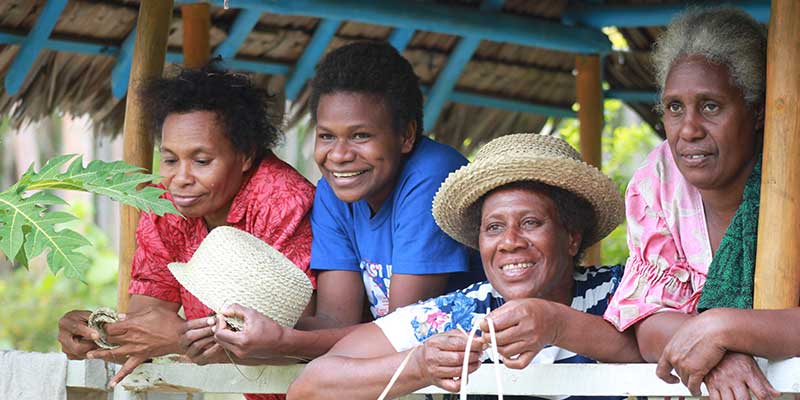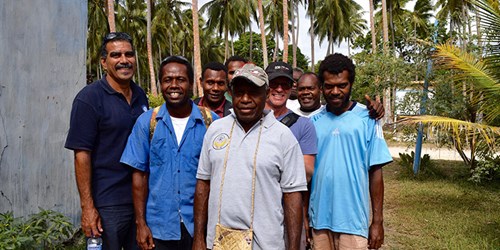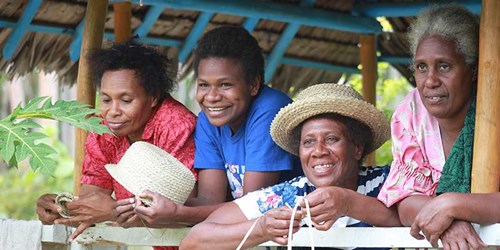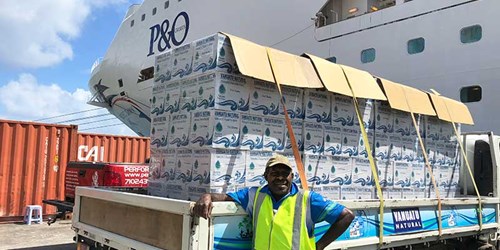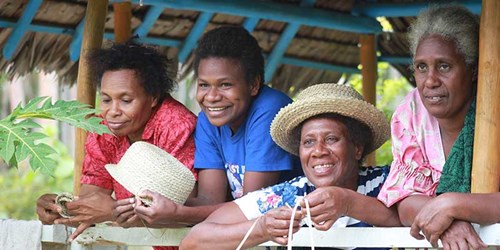|
|
Vanuatu is a nation of approximately 83 islands, once known as the New Hebrides the country was jointly governed by British and French administrations before gaining independence on 30 July 1980.
Over 60 of Vanuatu’s islands are inhabited, a Y-shaped tropical archipelago the islands extend over 1,000 kilometres in a north–south direction between the equator and the Tropic of Capricorn. It has a mountainous terrain covered with tropical rainforests and like many Islands in this area it is prone to earthquakes and tidal waves.
Economic Overview
With the majority of ni-Vanuatu living in rural areas the economic base of Vanuatu has traditionally been derived through subsistence farming, fishing and production of cash crops such as kava, coconut and cocoa.
Goods exports are dominated by agricultural products, particularly kava, coconut products, beef and cocoa. Vanuatu’s economic growth has recently been driven through tourism and construction.
The overall economic impact of Tropical Cyclone Pam in 2015 has been significant, as real GDP contracted by more than 2 per cent, before growth rebounded to 4 per cent in 2016 and 4.5 per cent in 2017, largely driven by tourism and agricultural production.
Brief History
The islands of Vanuatu have been inhabited since 500 BCE. European contact began with the Portuguese explorer Pedro Fernandez de Quiros (1606), followed by French navigator Louis-Antoine de Bougainville (1768) and British captain James Cook (1774).
Cook mapped the island group and named it the New Hebrides. During the 1800’s thousands of ni-Vanuatu were kidnapped and forced to work on sugar and cotton plantations in Fiji and Australia (a practice termed blackbirding).
British and France made Vanuatu a Condominium under joint administration in 1906. Each power was responsible for its own citizens but indigenous ni-Vanuatu were looked after by both countries. Non-New Hebrideans choose which country they want to be governed by.
1963 marked the emergence of the NaGriamel political movement, where followers advocate the return of the land to ni-Vanuatu and a return to traditional ways. On the 30 July, 1980 New Hebrides gained independence under the name of Vanuatu (means ‘Land Eternal’) with Father Walter Lini Vanuatu’s first prime minister. Cyclone Pam caused widespread devastation in March 2015 leaving at least 11 dead and much of the country uninhabitable.
Culture
Vanuatu is one of the most culturally diverse countries in the world, with a population of 275,500 with over 110 distinct languages and dialects. Dances, ceremonies, status and systems of authority, artistic styles, animal and crop husbandry can vary from island to island, and often from district to district. These cultural traditions are known as kastom (or custom).
In kastom areas, traditional ceremonies form an integral part of village life. Rituals, the obligations of kinship and traditional ceremonies remains an integral part of modern life for ni-Vanuatu.
From the island of Epi northwards, status and power are earned by taking ‘grades’ through the nimangki system. Men show their wealth in elaborate ceremonies, accompanied by feasting and dancing, and ritual pig killings.
One of the most well-known Vanuatu traditions is the naghol – land diving. Legend has it that the first jumper was a woman. She was trying to escape from her abusive husband, climbed a tree and jumped. He followed her, leapt and died, unaware that his wife had secured liana vines to her ankles.
For some time, only women participated in the dive until the male elders decided that they should dive to address their shame and prove their courage. Each year around the time of yam harvest (April/May), tall wooden towers (up to 70 feet) are constructed on Pentecost Island.
The tower is held together by local vines, young men, dressed in traditional mats wrapped around their bodies, jump from a platform on the tower, only secured by vines tied around their ankles.
Politics
Prime Minister – Charlot Salwai President - Tallis Obed Moses Vanuatu is an independent parliamentary democracy, with 52 members of Parliament, general elections are held every 4 years.
The head of state is the President of the Republic, who is elected for a period of five years by an electoral college consisting of members of Parliament and the Presidents of the Provincial Councils. The current President of the Republic of Vanuatu Obed Moses Tallis, was elected on 6 July 2017.
The Prime Minister, Charlot Salwai elected on the 11 February 2016 and the 12 co-members of the council of ministers oversee the administration of Vanuatu’s 13 government ministries.
The Constitution provides for executive and legislative arms of government, and the judiciary. The President is Vanuatu’s Head of State. The judiciary consists of the Supreme Court with a Chief Justice and a Magistrates Court.
The highest court is the Court of Appeal.
--------------------
Published April 2018
Sources:


